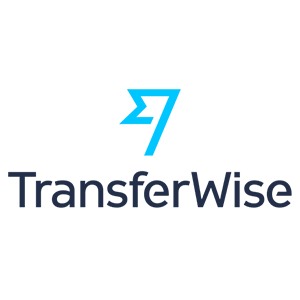How I Started A $40M-Revenue Business Creating Tabletop Games
Hello! Who are you and what business did you start?
Hi! I’m Jamey Stegmaier, and I run Stonemaier Games, a tabletop game company based in St. Louis. We publish strategy games like Wingspan, Scythe, and Viticulture.
Stonemaier Games started with a Kickstarter campaign in 2012 that raised $65,980, and in 2020 our annual revenue eclipsed $18 million. Our latest game, Red Rising, is shown here (photo credit: Tim Chuon).

What's your backstory and how did you come up with the idea?
I’ve been enamored with both game design and entrepreneurship for as long as I can remember, so when tabletop game projects started to achieve success on Kickstarter in 2010 and 2011, I decided to create a game specifically to launch on that platform.
One mistake I still make (but I’m getting better at it) is to...
Sorry, you need to login and/or become a member to view the rest of this content. Free Download163 Million Dollar Solopreneur Business Ideas
Free Download163 Million Dollar Solopreneur Business IdeasDownload the report and join our email newsletter packed with business ideas and money-making opportunities, backed by real-life case studies.
Get The Report Free Download163 Million Dollar Solopreneur Business Ideas
Free Download163 Million Dollar Solopreneur Business IdeasDownload the report and join our email newsletter packed with business ideas and money-making opportunities, backed by real-life case studies.
Get The Report Free Download163 Million Dollar Solopreneur Business Ideas
Free Download163 Million Dollar Solopreneur Business IdeasDownload the report and join our email newsletter packed with business ideas and money-making opportunities, backed by real-life case studies.
Get The Report Free Download163 Million Dollar Solopreneur Business Ideas
Free Download163 Million Dollar Solopreneur Business IdeasDownload the report and join our email newsletter packed with business ideas and money-making opportunities, backed by real-life case studies.
Get The Report Free Download163 Million Dollar Solopreneur Business Ideas
Free Download163 Million Dollar Solopreneur Business IdeasDownload the report and join our email newsletter packed with business ideas and money-making opportunities, backed by real-life case studies.
Get The Report Free Download163 Million Dollar Solopreneur Business Ideas
Free Download163 Million Dollar Solopreneur Business IdeasDownload the report and join our email newsletter packed with business ideas and money-making opportunities, backed by real-life case studies.
Get The Report Free Download163 Million Dollar Solopreneur Business Ideas
Free Download163 Million Dollar Solopreneur Business IdeasDownload the report and join our email newsletter packed with business ideas and money-making opportunities, backed by real-life case studies.
Get The Report Free Download163 Million Dollar Solopreneur Business Ideas
Free Download163 Million Dollar Solopreneur Business IdeasDownload the report and join our email newsletter packed with business ideas and money-making opportunities, backed by real-life case studies.
Get The ReportMore Business Ideas Like This








































